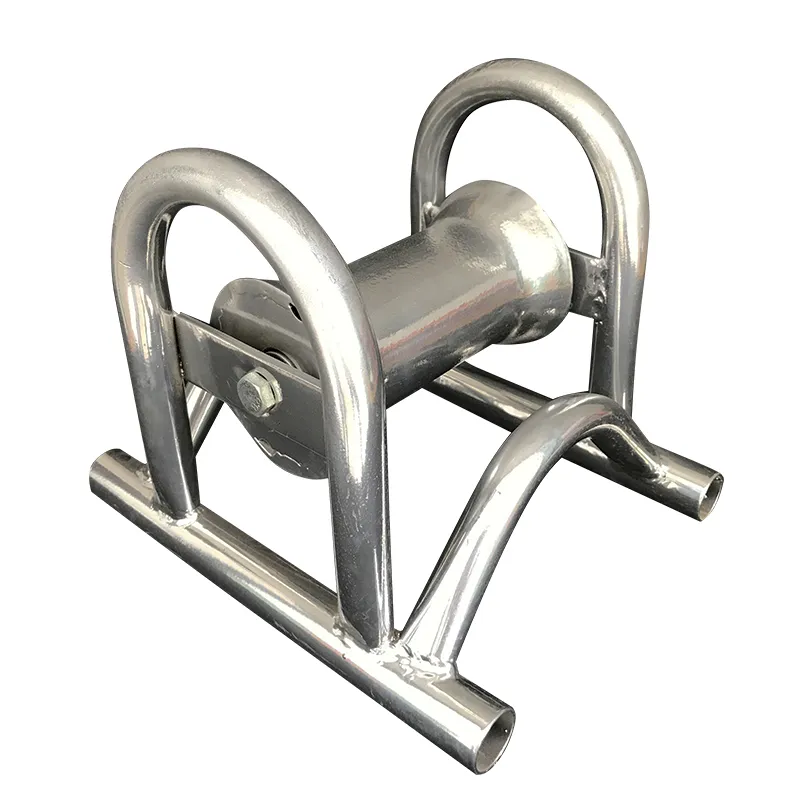
-
 Afrikaans
Afrikaans -
 Albanian
Albanian -
 Amharic
Amharic -
 Arabic
Arabic -
 Armenian
Armenian -
 Azerbaijani
Azerbaijani -
 Basque
Basque -
 Belarusian
Belarusian -
 Bengali
Bengali -
 Bosnian
Bosnian -
 Bulgarian
Bulgarian -
 Catalan
Catalan -
 Cebuano
Cebuano -
 Corsican
Corsican -
 Croatian
Croatian -
 Czech
Czech -
 Danish
Danish -
 Dutch
Dutch -
 English
English -
 Esperanto
Esperanto -
 Estonian
Estonian -
 Finnish
Finnish -
 French
French -
 Frisian
Frisian -
 Galician
Galician -
 Georgian
Georgian -
 German
German -
 Greek
Greek -
 Gujarati
Gujarati -
 Haitian Creole
Haitian Creole -
 hausa
hausa -
 hawaiian
hawaiian -
 Hebrew
Hebrew -
 Hindi
Hindi -
 Miao
Miao -
 Hungarian
Hungarian -
 Icelandic
Icelandic -
 igbo
igbo -
 Indonesian
Indonesian -
 irish
irish -
 Italian
Italian -
 Japanese
Japanese -
 Javanese
Javanese -
 Kannada
Kannada -
 kazakh
kazakh -
 Khmer
Khmer -
 Rwandese
Rwandese -
 Korean
Korean -
 Kurdish
Kurdish -
 Kyrgyz
Kyrgyz -
 Lao
Lao -
 Latin
Latin -
 Latvian
Latvian -
 Lithuanian
Lithuanian -
 Luxembourgish
Luxembourgish -
 Macedonian
Macedonian -
 Malgashi
Malgashi -
 Malay
Malay -
 Malayalam
Malayalam -
 Maltese
Maltese -
 Maori
Maori -
 Marathi
Marathi -
 Mongolian
Mongolian -
 Myanmar
Myanmar -
 Nepali
Nepali -
 Norwegian
Norwegian -
 Norwegian
Norwegian -
 Occitan
Occitan -
 Pashto
Pashto -
 Persian
Persian -
 Polish
Polish -
 Portuguese
Portuguese -
 Punjabi
Punjabi -
 Romanian
Romanian -
 Russian
Russian -
 Samoan
Samoan -
 Scottish Gaelic
Scottish Gaelic -
 Serbian
Serbian -
 Sesotho
Sesotho -
 Shona
Shona -
 Sindhi
Sindhi -
 Sinhala
Sinhala -
 Slovak
Slovak -
 Slovenian
Slovenian -
 Somali
Somali -
 Spanish
Spanish -
 Sundanese
Sundanese -
 Swahili
Swahili -
 Swedish
Swedish -
 Tagalog
Tagalog -
 Tajik
Tajik -
 Tamil
Tamil -
 Tatar
Tatar -
 Telugu
Telugu -
 Thai
Thai -
 Turkish
Turkish -
 Turkmen
Turkmen -
 Ukrainian
Ukrainian -
 Urdu
Urdu -
 Uighur
Uighur -
 Uzbek
Uzbek -
 Vietnamese
Vietnamese -
 Welsh
Welsh -
 Bantu
Bantu -
 Yiddish
Yiddish -
 Yoruba
Yoruba -
 Zulu
Zulu


okt . 19, 2024 10:29 Back to list
Innovative Lifting Solution for Efficient and Safe Material Handling Systems
Understanding the Ratchet Lifter A Key Tool in Modern Mechanics
In the world of engineering and mechanics, specific tools play pivotal roles in facilitating tasks that require precision and strength. Among these tools is the ratchet lifter, a device that combines both mechanical advantage and ease of use to lift heavy objects with minimal effort. This article delves into the functionality, design, and applications of the ratchet lifter, showcasing its significance in various industries.
What is a Ratchet Lifter?
A ratchet lifter is a lifting device characterized by its ratcheting mechanism, which allows it to lift loads incrementally. It typically consists of a toothed wheel and a pawl, which works together to create a one-way motion. When the handle is pulled, the pawl engages with the teeth on the wheel, allowing the load to be lifted slightly. Upon releasing the handle, the pawl locks into place, preventing the load from descending. This mechanism makes it particularly effective for both lifting and holding heavy equipment.
Design Features
Ratchet lifters come in various designs and capacities, catering to different needs across industries. Key features include
1. Load Capacity Ratchet lifters are designed to handle a wide range of weights, from small workshop tools to heavy machinery. They are rated based on their maximum lifting capacity, often ranging from a few hundred to several tons.
3. Portability Many designs are compact and lightweight, making them easy to transport from one job site to another. This portability is crucial for applications in construction, automotive repair, and manufacturing.
ratchet lifter

4. User-Friendly Operation The ratcheting mechanism simplifies the lifting process, requiring less physical effort and providing safety when working with heavy items. Operators can quickly lift loads in discrete increments, allowing for precise positioning.
Applications of Ratchet Lifters
Ratchet lifters are employed across diverse fields, each utilizing the unique advantages of this tool to simplify lifting tasks
1. Construction In construction sites, ratchet lifters are instrumental in lifting beams, pallets, and heavy equipment. Their ability to securely hold loads while workers make adjustments enhances safety and efficiency.
2. Automotive Repair Mechanics frequently use ratchet lifters to elevate vehicles for maintenance and repair work. The ability to control the height with precision allows for easier access to different components of the vehicle.
3. Manufacturing In manufacturing environments, ratchet lifters are used to move heavy machinery and parts along assembly lines. Their efficient lifting capabilities contribute to higher productivity and reduce the risk of workplace injuries.
4. Warehouse Operations Within warehouses, ratchet lifters are vital for moving and stacking inventory. Their compact design allows for use in tight spaces, maximizing storage efficiency.
Conclusion
The ratchet lifter is more than just a tool; it is an essential device that enhances productivity and ensures safety across various industries. Its unique design, efficient operation, and versatility make it indispensable for tasks that involve lifting heavy loads. As industries continue to evolve and demand greater efficiency, the ratchet lifter will remain a cornerstone of mechanical advantage, making it a worthy consideration for anyone involved in lifting and handling applications. By understanding its functionality and range of applications, users can better appreciate this ingenious tool and leverage it to its full potential.
Latest news
The Unique Design of Cable Socks
NewsJun.04,2025
Swivel Connectors in Industrial Automation
NewsJun.04,2025
Safety Features of Link Sticks
NewsJun.04,2025
How to choose the best cable pulling winch for sale
NewsJun.04,2025
Fish tape safety precautions
NewsJun.04,2025
Essential Maintenance Tips for Cable Pulling Tools
NewsJun.04,2025











